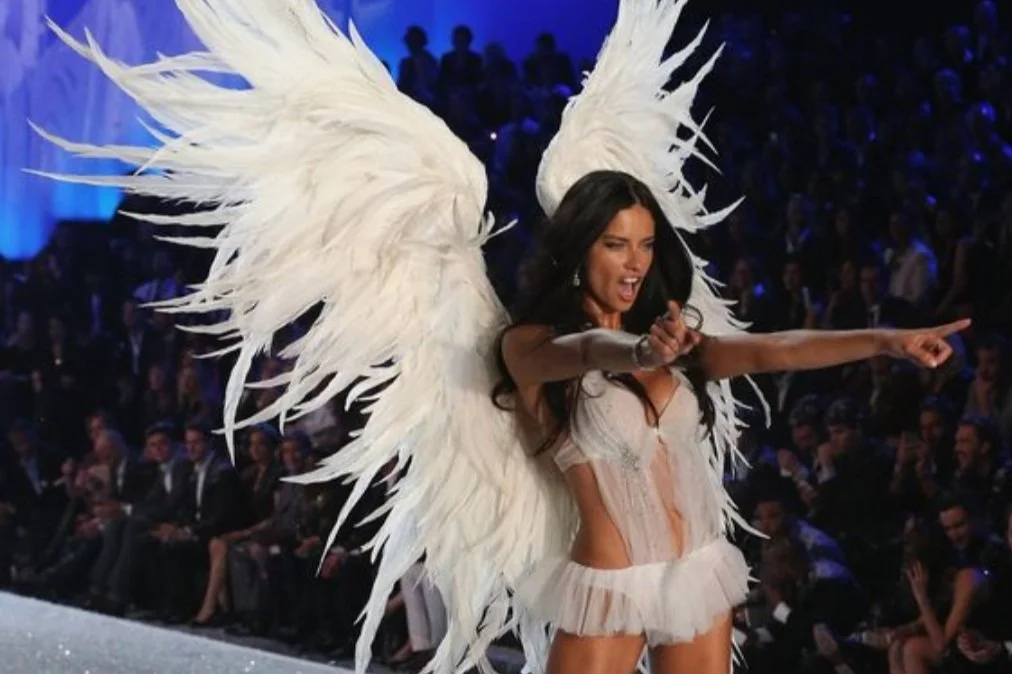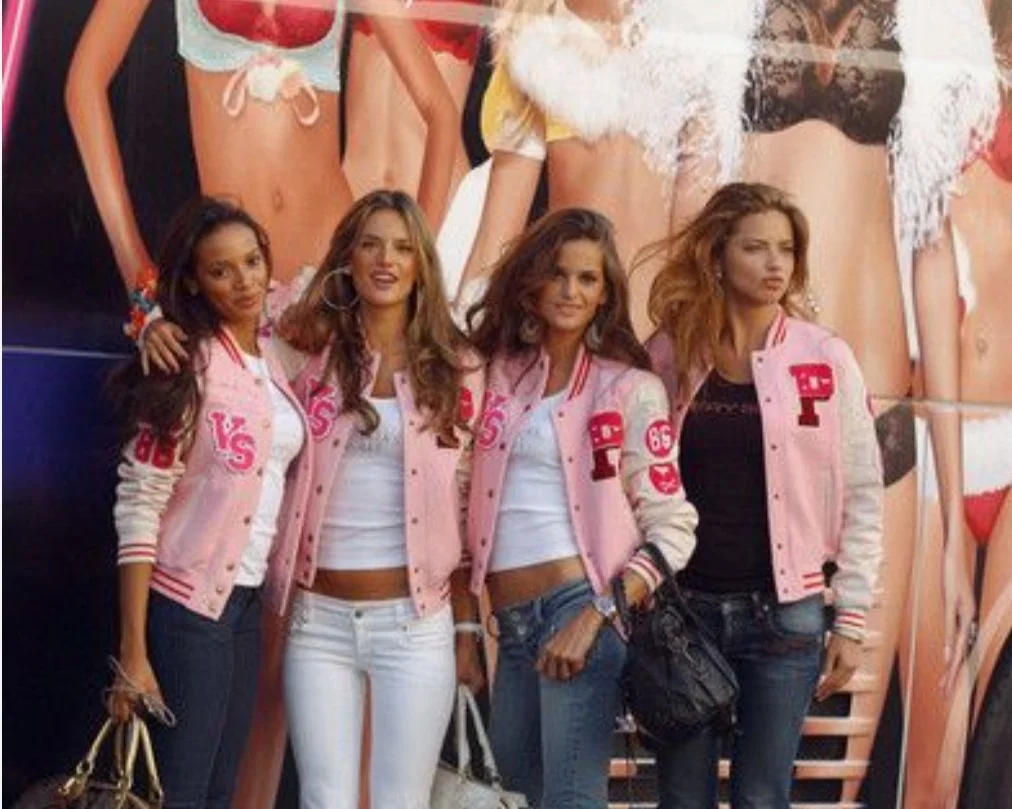A Case Against Victoria’s Secret
Written by Sophia Buckholtz
Victoria’s Secret has maintained its status as the largest lingerie retailer in the US for several decades. Born in 1977 from the founder, Roy Raymond, facing embarrassment from shopping in a department store for lingerie, the concept revolutionized the intimate industry, and in turn, the beauty standards and expectations of the time it dominated. However, failure to adapt to marketing trends and preferences resulted in a decline in popularity in recent years. Brands like ThirdLove and Savage X Fenty have become strong competition, their biggest selling point being ethics. These brands pride themselves on being women-owned and embracing size inclusivity in their selection and representation of models in advertising campaigns.
Target and Walmart have also emerged as ‘one-stop-shops’ and thus became competitors in the lingerie market, often at a lower price. Competitors offer ethical and economical incentives to drive consumers away from the VS standard: luxury-priced intimates displayed on non-inclusive bodies. In attempts to catch up with the changing trends, the retailer features a section titled ‘Our Commitments’ at victoriassecret.com.“It is [Victoria Secret’s] vision to become the world’s leading advocate for women,” and included a section titled ‘Standing with the Transgender and Non-Binary Community’, a stark difference from the comments made by Chief Marketing Officer Ed Razek, the brain behind the creation of the annual fashion show and the concept of Victoria’s Secret Angels. Models are scouted based off impossible body proportions and further put under strict dieting and exercise regimens. Razek has been quoted in a 2018 Vogue article titled “We’re Nobody’s Third Love, We’re Their First Love”—The Architects of the Victoria’s Secret Fashion Show Are Still Banking on Bombshells”, responding to the question,
“Shouldn’t you have transsexuals in the show?”
“No. No, I don’t think we should. Well, why not? Because the show is a fantasy.”
Both the show and the brand’s identity represent a strict dieting culture that was influenced by the brand’s height of popularity and success. Victoria’s Secret’s brand identity is representative of the social culture that peaked along with its success in the mid-to-late 2010s. The brand’s emphasis on publicizing the diets and fitness routines of the models is further evidence as to why the given body shape and proportions associated with the VS logo are the way they are today. Despite the problematic culture that Victoria’s Secret contributes to, shopping choices should align with the values and perspectives of the shopper. Victoria’s Secret has established itself as a rite of passage for younger teens, and the excitement can absolutely feel rewarding. However, as competitors emphasize inclusivity and acceptance, Victoria’s Secret feels out of place.
Edited by Lauren Veum and Alexandria Speier



